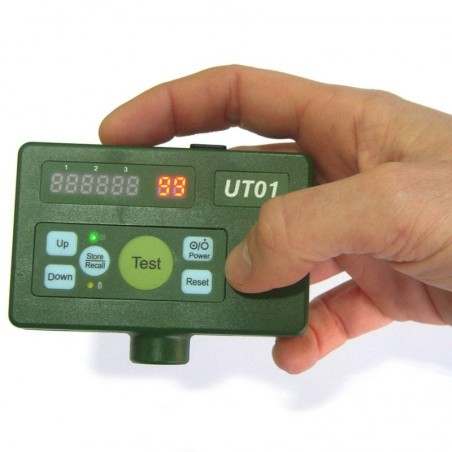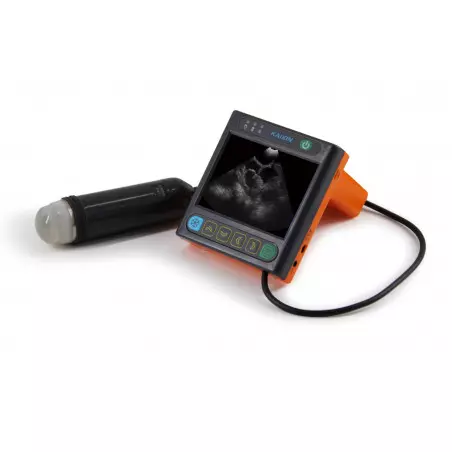The experiment was conducted to compare the differences in gut microbiota and metabolic status of sows with different litter sizes on days 30 and 110 of gestation, and to uncover the relationship between the composition of maternal gut microbiota during gestation and sow reproductive performance. Twenty-six Large White × Landrace crossbred multiparous sows (2nd parity) with similar back fat thickness and body weight were assigned to two groups [high-reproductive performance group and low-reproductive performance group] according to their litter sizes and fed a common gestation diet.
Results showed that compared with low-reproductive performance sows, high-reproductive performance sows had significantly lower plasma levels of triglyceride on gestation day 30, but had significantly higher plasma levels of triglyceride, non-esterified fatty acid, tumor necrosis factor-α, and immunoglobulin M on gestation day 110. Consistently, high-reproductive performance sows revealed increased alpha diversity and butyrate-producing genera, as well as fecal butyrate concentration, on gestation day 30; high-reproductive performance sows showed significantly different microbiota community structure with low-reproductive performance sows and had markedly higher abundance of Firmicutes (genera Christensenellaceae_R-7_group and Terrisporobacter) which were positively related with litter size on gestation day 110 than low-reproductive performance sows. In addition, plasma biochemical parameters, plasma cytokines, and fecal microbiota shifted dramatically from gestation day 30 to day 110.

Therefore, our findings demonstrated that microbial abundances and community structures differed significantly between sows with different litter sizes and gestation stages, which was associated with changes in plasma biochemical parameters, inflammatory factors, and immunoglobulin. Moreover, these findings revealed that there was a significant correlation between litter size and gut microbiota of sows, and provided a microbial perspective to improve sow reproductive performance in pig production.
Jiali C, Fuchang L, Weiren Y, Shuzhen J, Yang L. Comparison of Gut Microbiota and Metabolic Status of Sows With Different Litter Sizes During Pregnancy. Frontiers in Veterinary Science. 2021; 8. https://www.frontiersin.org/article/10.3389/fvets.2021.793174







